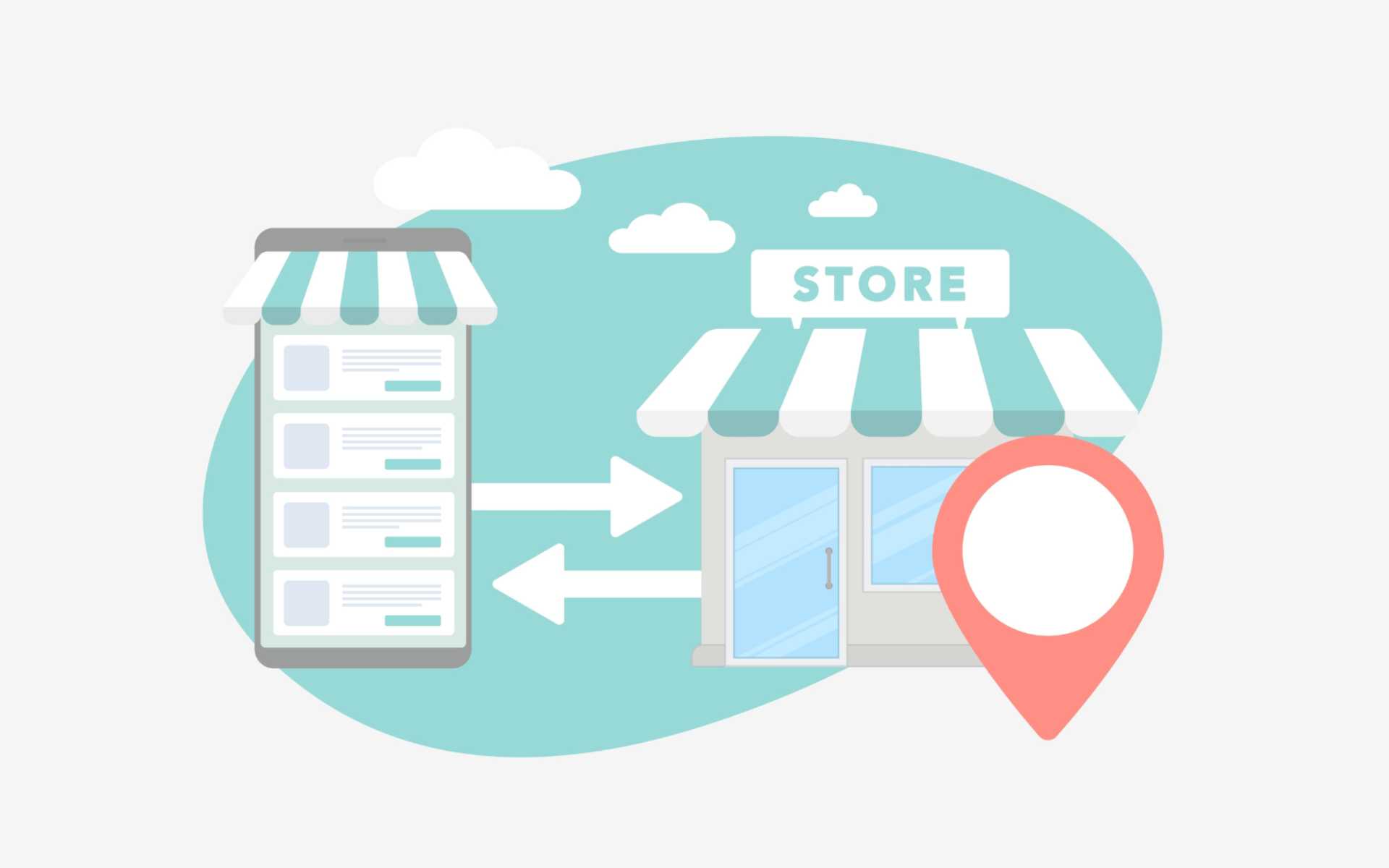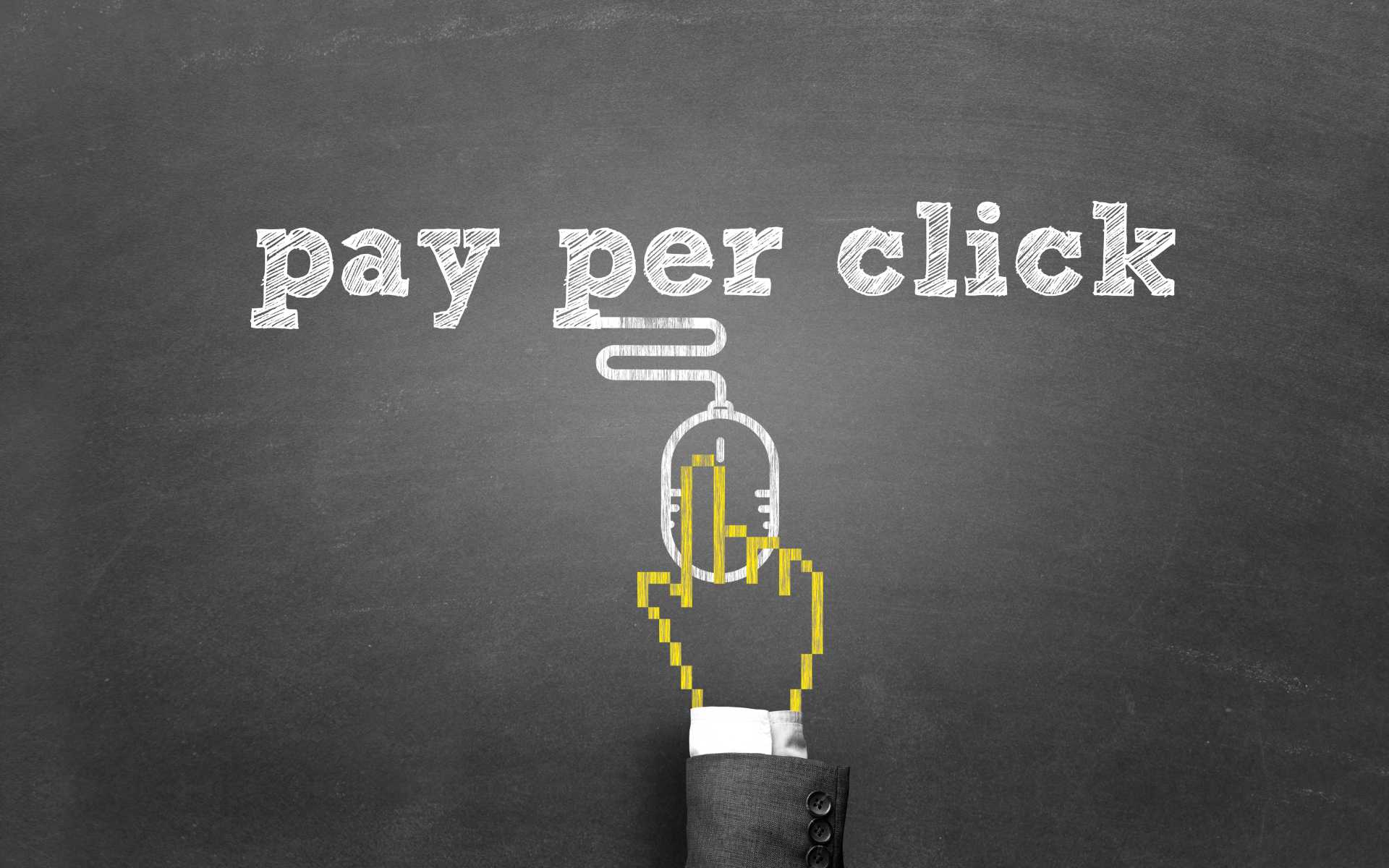Introduction
In the realm of Google Ads, unlocking a new level of performance and profitability involves delving into the often overlooked strategy of offline conversion tracking. This method proves particularly valuable for businesses relying on sales teams to convert leads into paying customers. By seamlessly integrating offline conversion data, Google Ads gains insights into the traits shared by successful conversions, allowing for targeted and efficient campaigns. In this comprehensive guide, we explore the nuances of implementing offline conversion tracking, setting up a typical funnel, and seamlessly integrating Customer Relationship Management (CRM) systems.
The Value of Offline Conversions
Offline conversions offer a nuanced understanding of the customer journey, especially for businesses in lead generation. Unlike ecommerce, where conversions are definitive product sales, lead-generation conversions, such as form submissions or phone calls, don’t immediately generate revenue. This guide aims to address critical questions surrounding the value of such conversions and provides frameworks to optimize Google Ads campaigns accordingly.
Offline Conversion Tracking Fundamentals
Implementing offline conversion tracking requires careful consideration and adherence to fundamental principles. Let’s delve into the key aspects to keep in mind.
Visualization of Sales Funnel
Offline conversion tracking allows businesses to visualize their sales funnel within Google Ads, from lead qualification to deal closure and revenue generation. Basic conversion tracking setup is a prerequisite, emphasizing the importance of having at least one conversion event in place.
90-Day Window for Offline Conversions
There’s a critical 90-day window, starting from the online conversion, during which offline conversions can be imported. This window is vital for businesses with sales cycles extending beyond the typical 30-day attribution window.

Setting Up Offline Conversions
Setting up offline conversions involves choosing the right method and seamlessly integrating data back into Google Ads. Let’s explore the three primary ways to bring offline conversions into your Google Ads account.
1. Offline Conversion Imports
Manually import offline conversion data from various sources, utilizing identifiers such as Google Click Identifier (GCLID) for conversions from clicks and Enhanced Conversions for leads.
2. SalesForce and HubSpot Integration
Leverage native integrations with popular Customer Relationship Management (CRM) tools like SalesForce and HubSpot. Automate the process of sending funnel conversion events back into Google Ads.
3. Zapier Integration
For CRMs beyond the native integrations, such as other customer database tools, set up an integration via Zapier to seamlessly connect and import offline conversions.
Common Mistakes in Offline Conversion Tracking
Avoiding common pitfalls in offline conversion tracking is crucial for its effectiveness. Let’s explore some prevalent mistakes and how to navigate them.
Click Timing and Data Age
Ensure that the click is neither too recent (within six hours) nor older than 90 days, as this affects the readability of the GCLID.
Structuring Conversion Values
Be cautious about including perfect conversion values or poorly structured ones, as this can lead to errors or unintended impacts on performance.
Uploading Conversions Across Accounts
Prevent the inadvertent upload of conversions from one account into another, maintaining data integrity.
Navigating Implementation Challenges
Implementing offline conversions may pose challenges, particularly for paid media teams and agencies. Here’s how to navigate potential friction during the process.
Accessing Client Data
When onboarding a new lead-gen client, secure access to their CRM and customer data. Identify tools like call tracking, chatbots, and landing pages for a comprehensive approach.
CRM Integration
Choose a CRM that aligns with the client’s preferences. HubSpot, with its free plan and native connection to Google Ads, is recommended. Sync converted leads back into Google Ads with specific events for each milestone.
Value-Based Bidding
Implement value-based bidding by assigning different values to leads based on their progression in the sales funnel. Target return on ad spend (ROAS) bidding becomes more effective with this nuanced approach.
Collaboration with Sales Teams
The success of offline conversion tracking relies on seamless collaboration with client-side sales teams. Align with the sales team during kickoff calls to understand touchpoints, lead qualification processes, and common objections.
Understanding Sales Processes
Map out the offline conversion funnel by comprehending the client’s sales process. Identify milestones and gaps in messaging to enhance the overall process.
Client Collaboration
Encourage clients to share necessary tools and information for a more fruitful collaboration. Emphasize the profitability of focusing on quality leads and offer transparency in the agency’s role.
The Impact of Offline Conversions on PPC Profit
While the setup for offline conversion tracking demands time and effort, the long-term dividends in campaign management and profitability are significant.
High-Quality Data for Campaign Management
In an era where Google Ads handles more campaign management tasks, high-quality data becomes a differentiator. Offline conversion data ensures campaigns are tailored for optimal performance.
Increased Long-Term Profitability
The true advantage of offline conversions lies not just in metrics like Cost Per Click (CPC) and ROAS but in the ability to convert a higher percentage of ad conversions into revenue. It streamlines the path to profitability with less effort and resources.
Conclusion
Mastering profitability in Google Ads involves harnessing the power of offline conversion tracking. This guide provides a comprehensive roadmap for implementation, setting up typical funnels, and integrating CRM systems seamlessly. As the digital advertising landscape evolves, offline conversions emerge as a crucial tool for elevating campaigns from average to exceptional.


